Despite manifold issues like supply chain bottlenecks and poor planning that currently plague the auto industry, new models continue to arrive relentlessly, like waves crashing on a beach. Though the vehicles have been announced, it doesn’t necessarily mean that they will actually be available, at least initially. Following are descriptions of a few vehicles that will hit showrooms over the next six months.
2025 Cadillac Escalade IQ
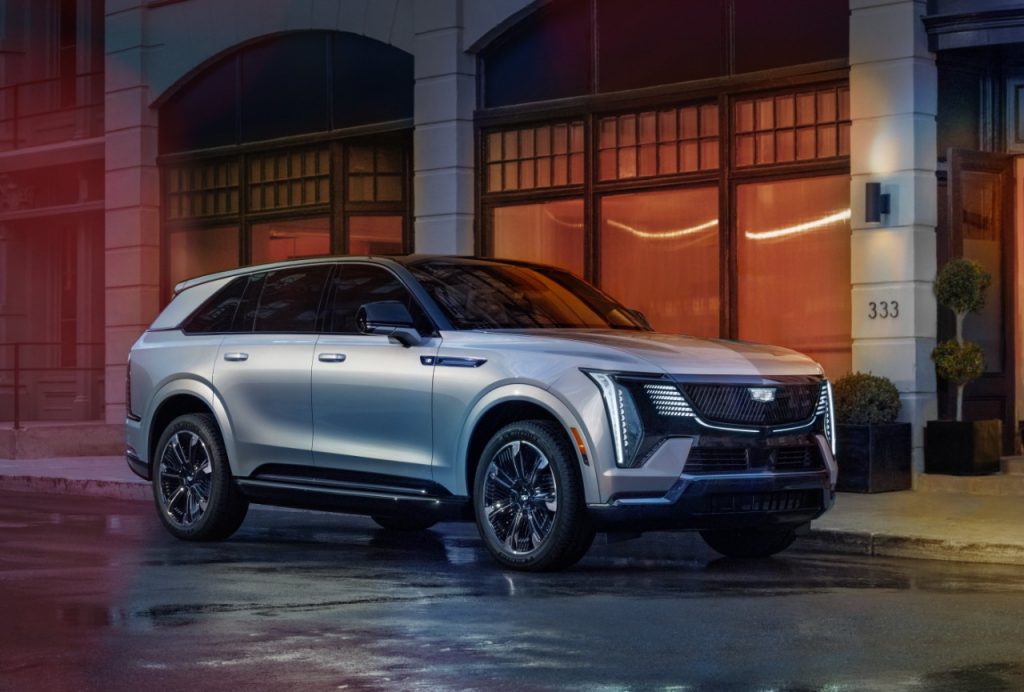
The Escalade IQ displays contemporary styling cues
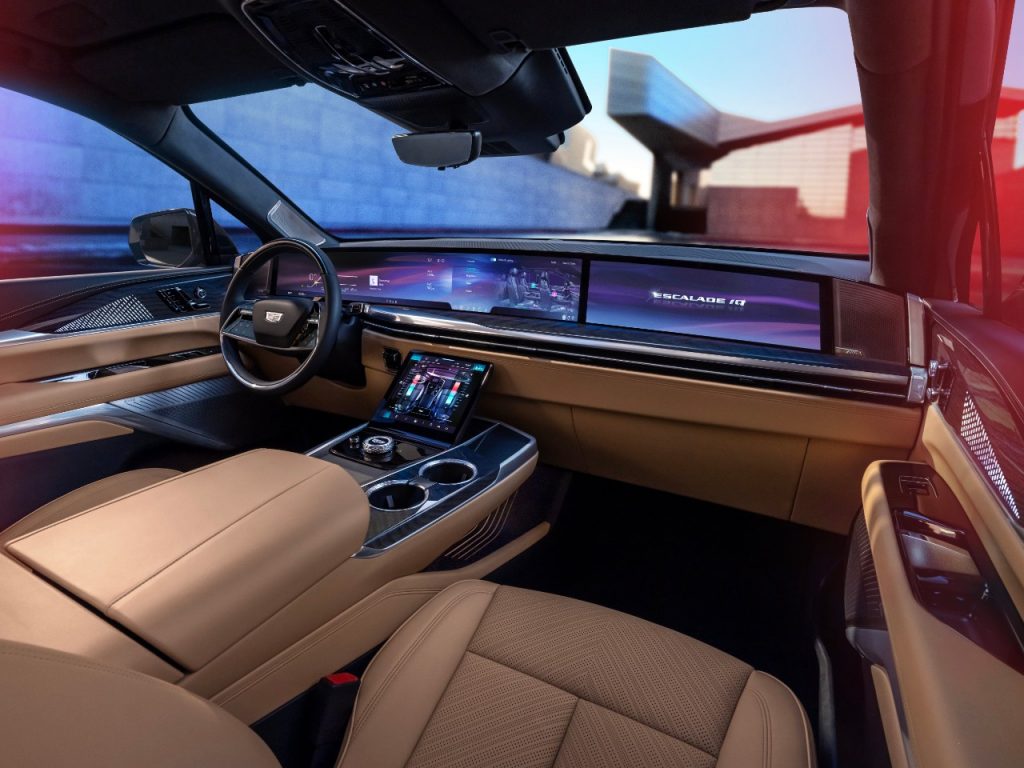
The massive screens and luxurious appointments of the Escalade IQ
The new Cadillac Escalade IQ is built on GM’s Ultium BEV platform. Compared to the conventional Escalade ESV, the IQ is built on a 54 mm longer wheelbase, is 69 mm shorter overall, and slightly wider.
The iQ is powered by a massive 200 kWh battery pack that GM estimates will offer a potential range up to 725 kilometers. A dual-motor all-wheel-drive system is standard and it produces up to 750 horsepower. The chassis features adaptive air suspension and four-wheel steering. Recharge times have not been announced. A vehicle-to-load system that can power external equipment, is standard.
Final active safety equipment is not yet settled but autonomous emergency braking, junction turn intervention, blind zone steering assist and pedestrian and cyclist avoidance are all standard, as are a 360-degree camera system and self parking. GM’s SuperCruise, a limited self driving system, is optional.
The exterior marries a front end very much in the style of Cadillac electric vehicles to a side profile that is similar to the conventional gasoline Escalade.
With an extra long 3460 mm wheelbase, cabin space should be impressive in this three-row, crossover. A massive, 55-inch screen begins at the left side of the dash and extends to the front passenger space, which has a second screen that continues all the way to the right side of the vehicle. The gap between the centre of the dash and the flying bridge centre console is filled by a screen arrayed at a 45-degree angle. The cabin is elegant and appears to be assembled from quality materials.
Deliveries of the Escalade IQ are scheduled for the end of the year but GM’s electric vehicles generally suffer from tortured launches so the first vehicles may be delayed. The APA predicts plenty of bugs in this complex vehicle loaded with all-new technology, and dealers will face a steep learning curve to diagnose and repair it.
2025 Lexus GX 550
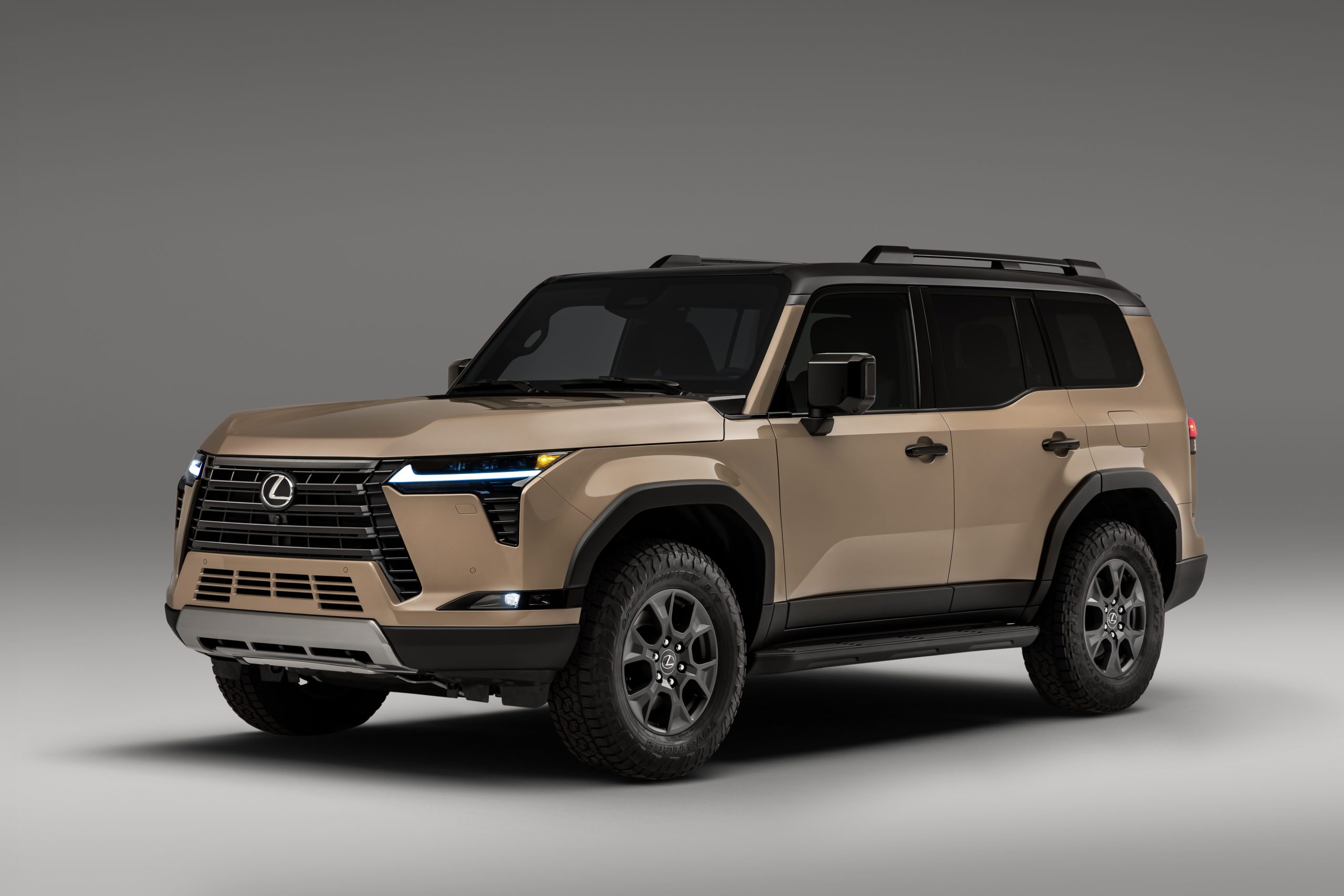
The Lexus front clip has been grafted onto a main body shared with the Toyota Land Cruiser
The Lexus GX 550 is the third-generation of the model. Like the newly-available Toyota Land Cruiser it is based on, the GX model has been repositioned in the market in a less extravagant form.
The GX has retained its body-on-frame structure and solid rear axle. Power stems from a 3.4L turbo V6 that is rated at 349 horsepower, reaching all wheels through a conventional ten-speed automatic transmission. Properly equipped, the GX is rated to tow up to 4111 kilograms.
The GX is fronted by the new, trapezoid-shaped variant of the Lexus grille, but the rest of the vehicle looks virtually unchanged from its Toyota Land Cruiser sibling. The GX is a neat and clean styling job, but perhaps too closely related to the Land Cruiser visually to convince customers to spend the extra money.
The GX is a three-row vehicle with seating for seven. The driver faces clearly marked digital instruments, to the right of which is a substantial free-standing screen that looks easy to manipulate. Navigation, a sunroof, heated and ventilated front seats, and wireless cellphone charging, are all standard.
Forward collision warning including for pedestrians and cyclists, autonomous emergency braking, active cruise control, junction turning intervention and a lane departure warning, are fitted to all trims.
Orders for the GX 550 are being taken now.
2025 Toyota Camry Hybrid
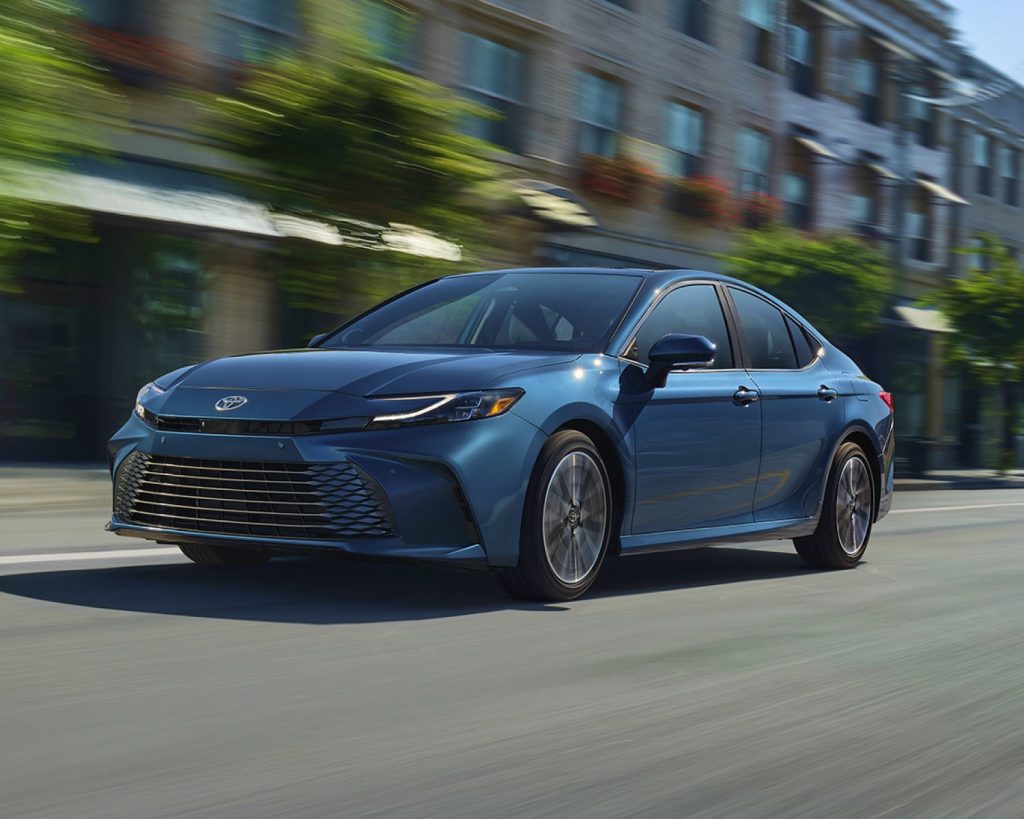
The main structure of the previous Camry is joined to restyled front and rear ends
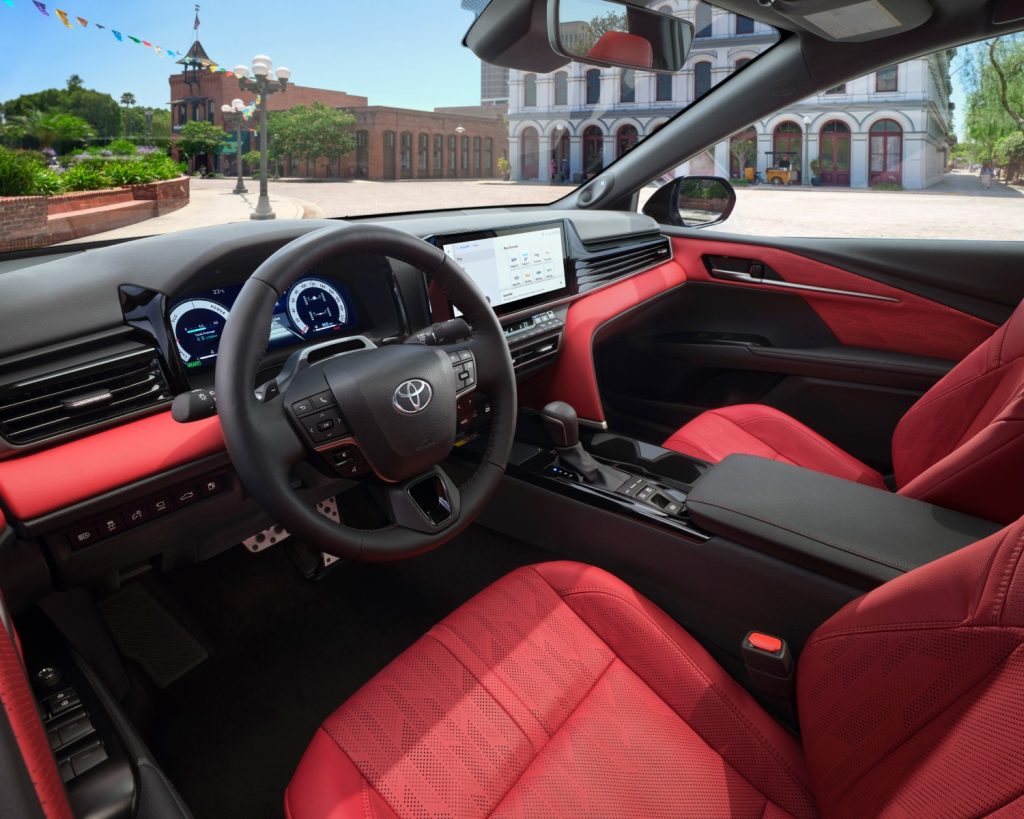
The cabin is new and elegant
The 2025 Camry an extensive update of the excellent model that debuted for the 2018 model year. The main part of the car body is essentially unchanged, retaining the same metal panels. Toyota has grafted new front and rear styling clips onto the old centre section. The new front and rear look contemporary, and the restyling is successful.
The cabin is all-new. The driver faces a seven-inch digital gauge package on the base SE trims, with a larger 12.3 inch screen employed on XLE and XSE. There is an eight-inch infotainment screen on the base trim with a 12.3 inch display featured on fancier versions of the updated Camry. The redesigned seats on the SE are trimmed in vinyl, with the premium trims boasting leather on the seat bolsters and faux suede center cushions. A power driver’s seat is standard across the board. The new interior looks more upscale than previously. Cabin room should be unchanged as cabin dimensions are unaltered.
Combined horsepower is now 225 on front-wheel-drive Camrys and 232 on all-wheel-drive variants. Power reaches the wheels exclusively via a CVT. Toyota has moved away from its stable and durable nickel-metal-hydride battery pack to one based on Lithium-Ion technology. Power should be abundant and Toyota is promising astounding combined fuel economy of 5.1L/100 km.
Toyota has been in the forefront of active safety equipment in mainstream cars and the updated Camry is no exception. Forward collision warning, autonomous emergency braking, lane departure, blind spot and rear cross traffic warnings as well as active cruise control are all standard.
Oddly, at a time when Toyota is unable or unwilling to supply hybrid powertrains in sufficient quantity for the Canadian market, it has elected to make the Camry exclusively hybrid here. Many shoppers who had placed orders on the current Camry cancelled them, as their cars never arrived. Unless Toyota seriously improves the availability of the Camry, offering it exclusively as a hybrid may signal the end of the nameplate in Canada.
2025 Volvo EX30
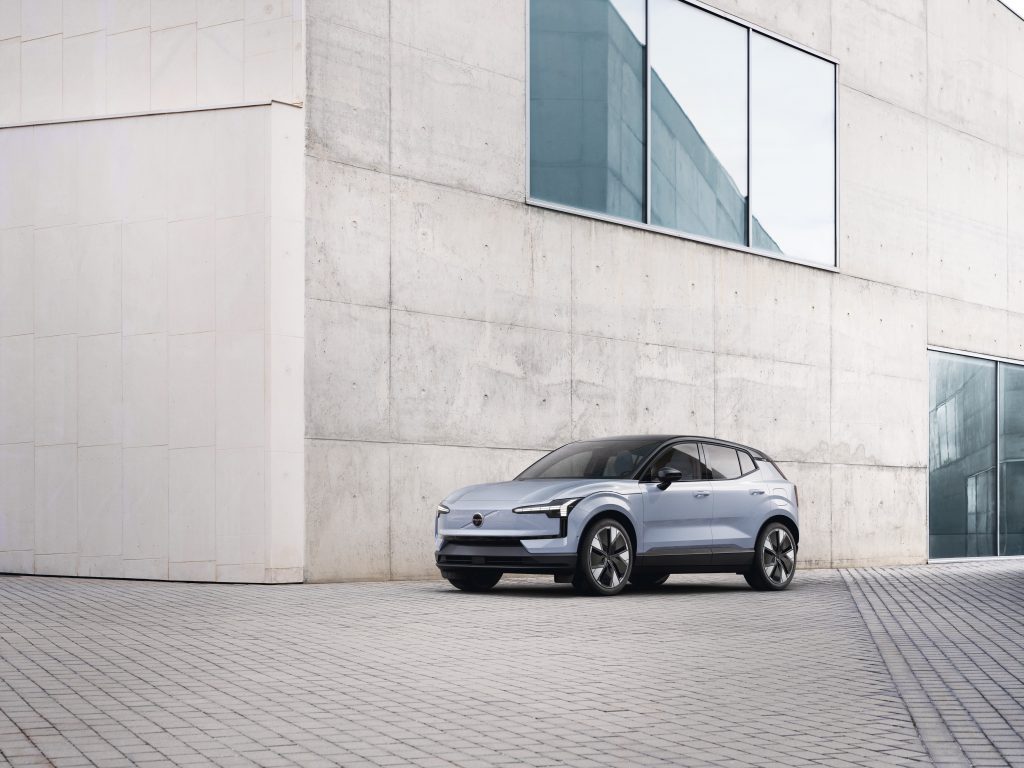
The XC30 bears a strong family resemblance to other vehicles in the Volvo line
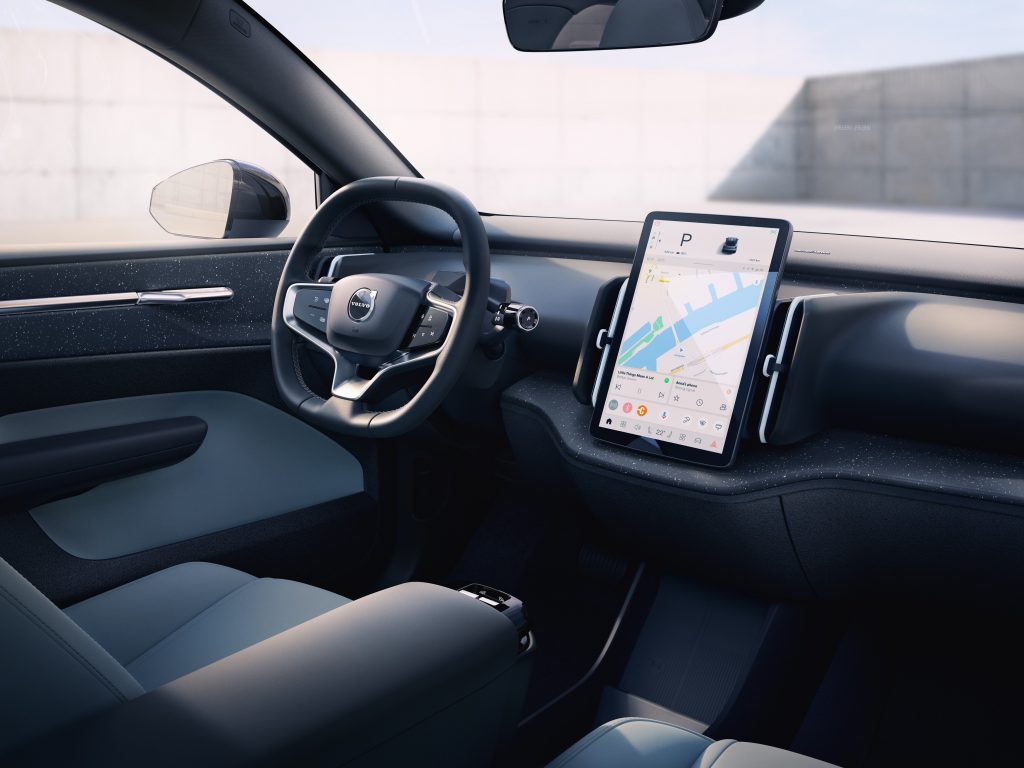
The cabin of the XC30 displays a visually spare elegance
Volvo’s new entry-level BEV called the XC30, is smaller than the XC40. Built on a 52 mm shorter wheelbase, the XC30 is 207 mm shorter overall, marginally narrower and lower than the XC40.
Power stems from a 69 kWh battery pack. Power for the rear-wheel drive variant is a robust 268 horsepower, with the dual-motor, all-wheel drive variant rated at an astounding 422 horsepower. No recharge time figures are available using a typical Level 2 home charger or the commonly found 50 kW Level 3 charger. Volvo states that the XC30 can be charged from 10 to 80 percent in 26 minutes using a 150 kW Level 3 charger.
The XC30’s styling is fronted by a smooth fascia pierced by the Thor’s Hammer headlights Volvo uses on most of its vehicles. The rest of the car is easily identified as a Volvo and looks quite sleek. Window glass appears a bit small in relation to the solid panels of the car.
Like Tesla, the cabin is dominated by a large screen that is not integrated into the dashboard. There are no instruments facing the driver. The rest of the cabin, including the scalloped, contrasting-colour door panels, follows existing Volvo design themes. With a shorter wheelbase and lower overall height than the XC40, cabin space, especially rear legroom, may be tight. Volvo notes that a lot of recycled and renewable trim parts are used throughout the interior.
Active safety is taken care of by a forward collision warning and autonomous emergency braking, including for pedestrians and cyclists, active cruise control, blind spot and rear cross traffic monitors and traffic sign recognition.
Volvo has side-stepped its dealer network for electric car sales. The XC30 must be ordered directly from Volvo Canada with delivery at the dealership.
All photos are from the manufacturers
